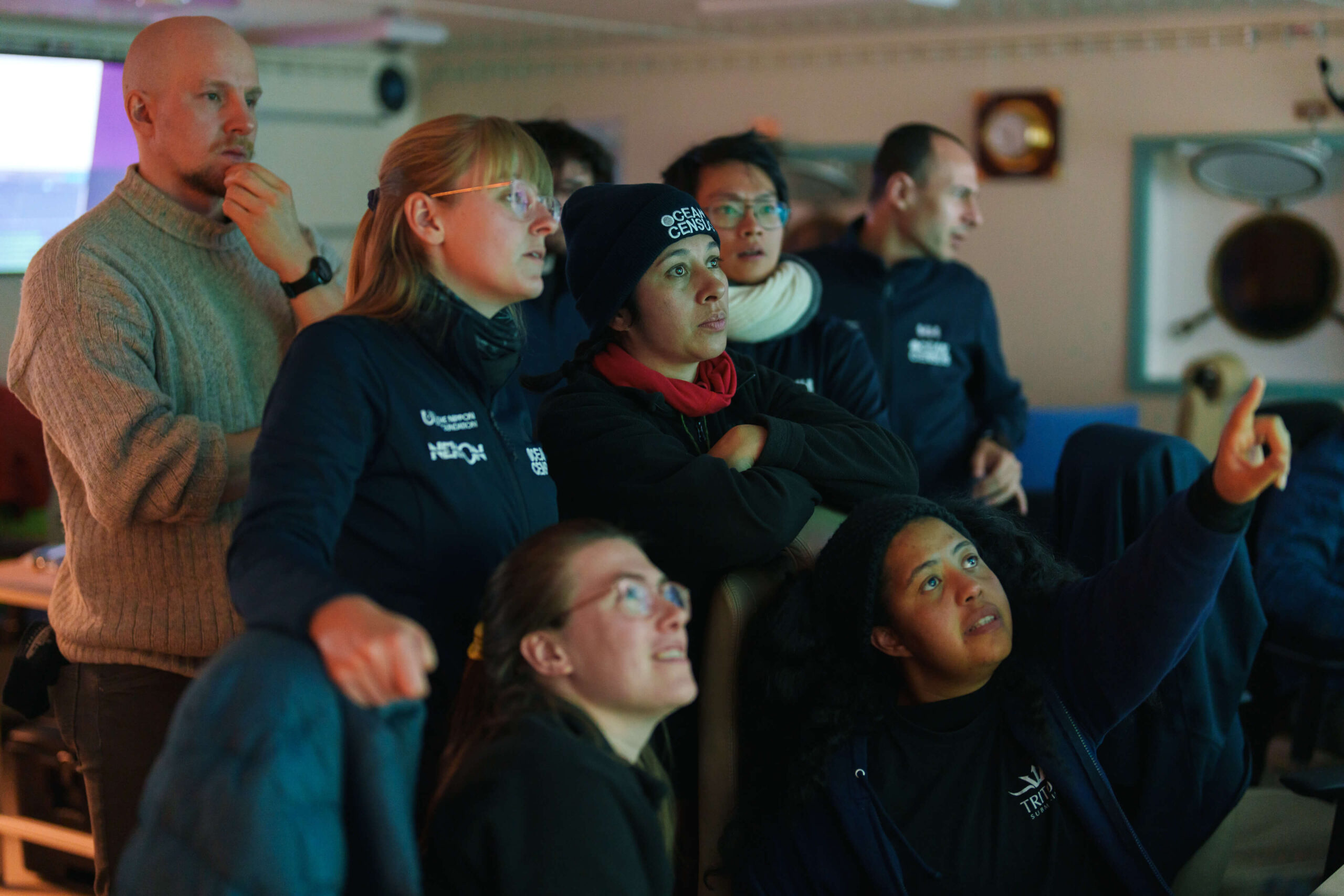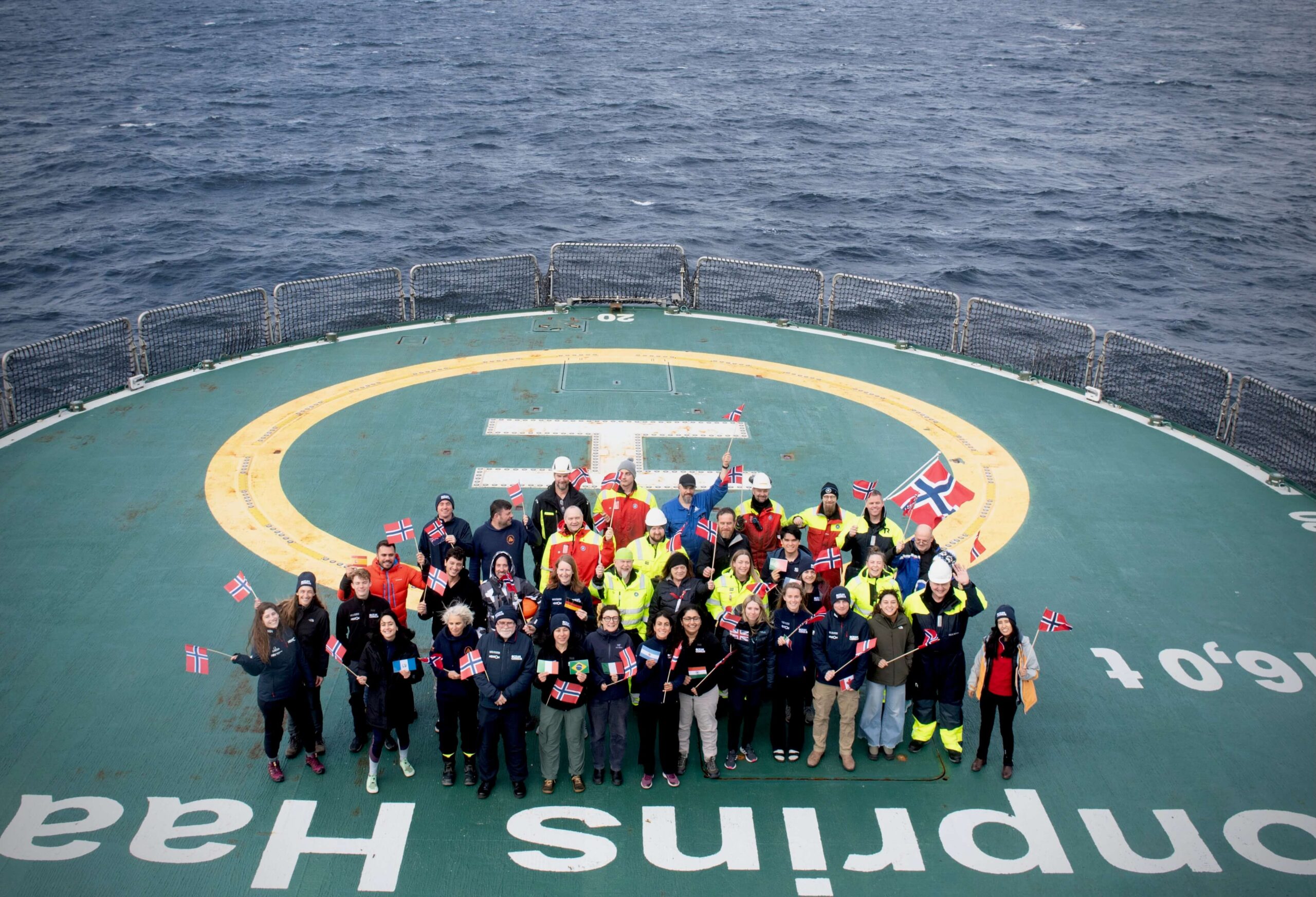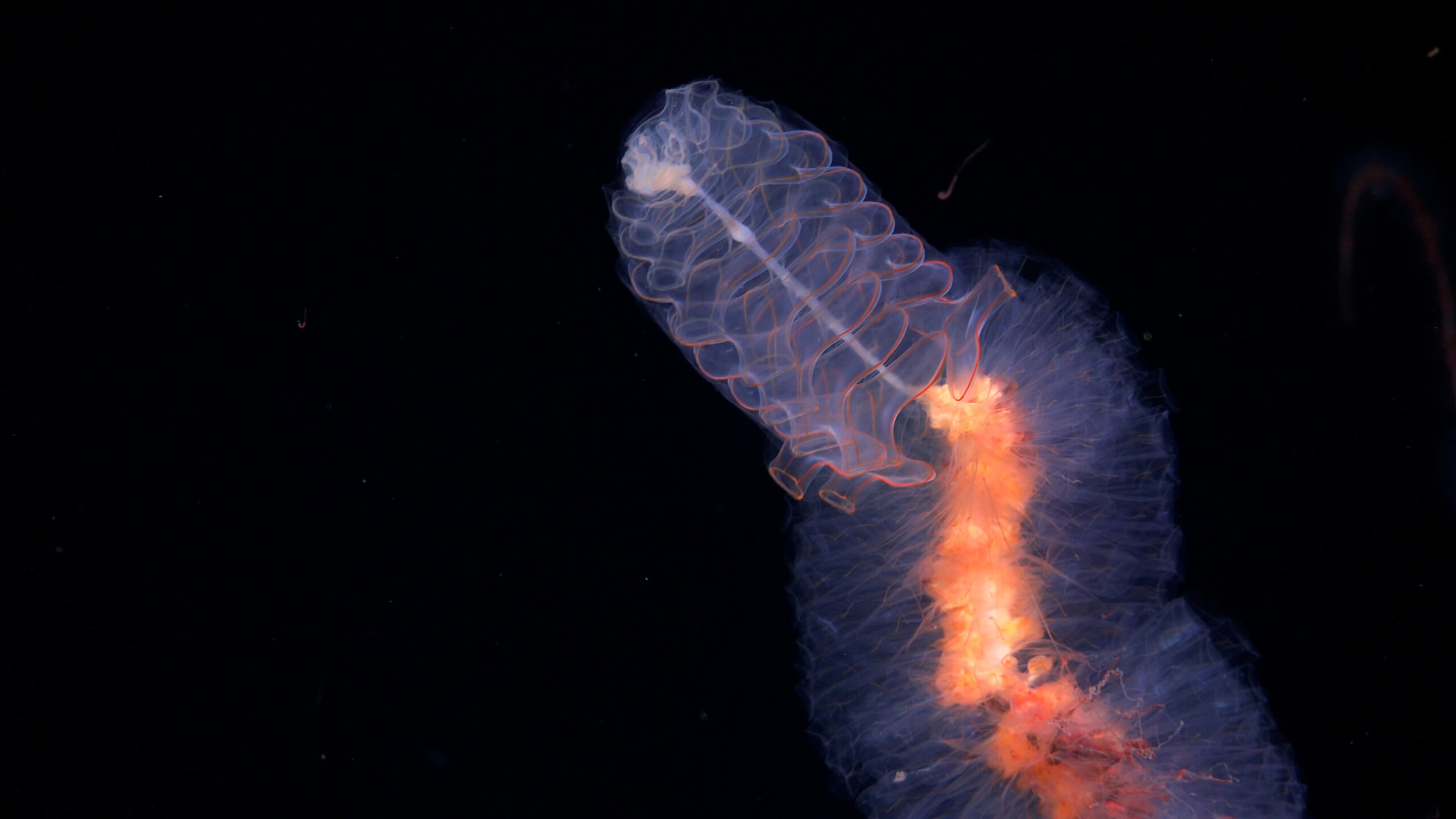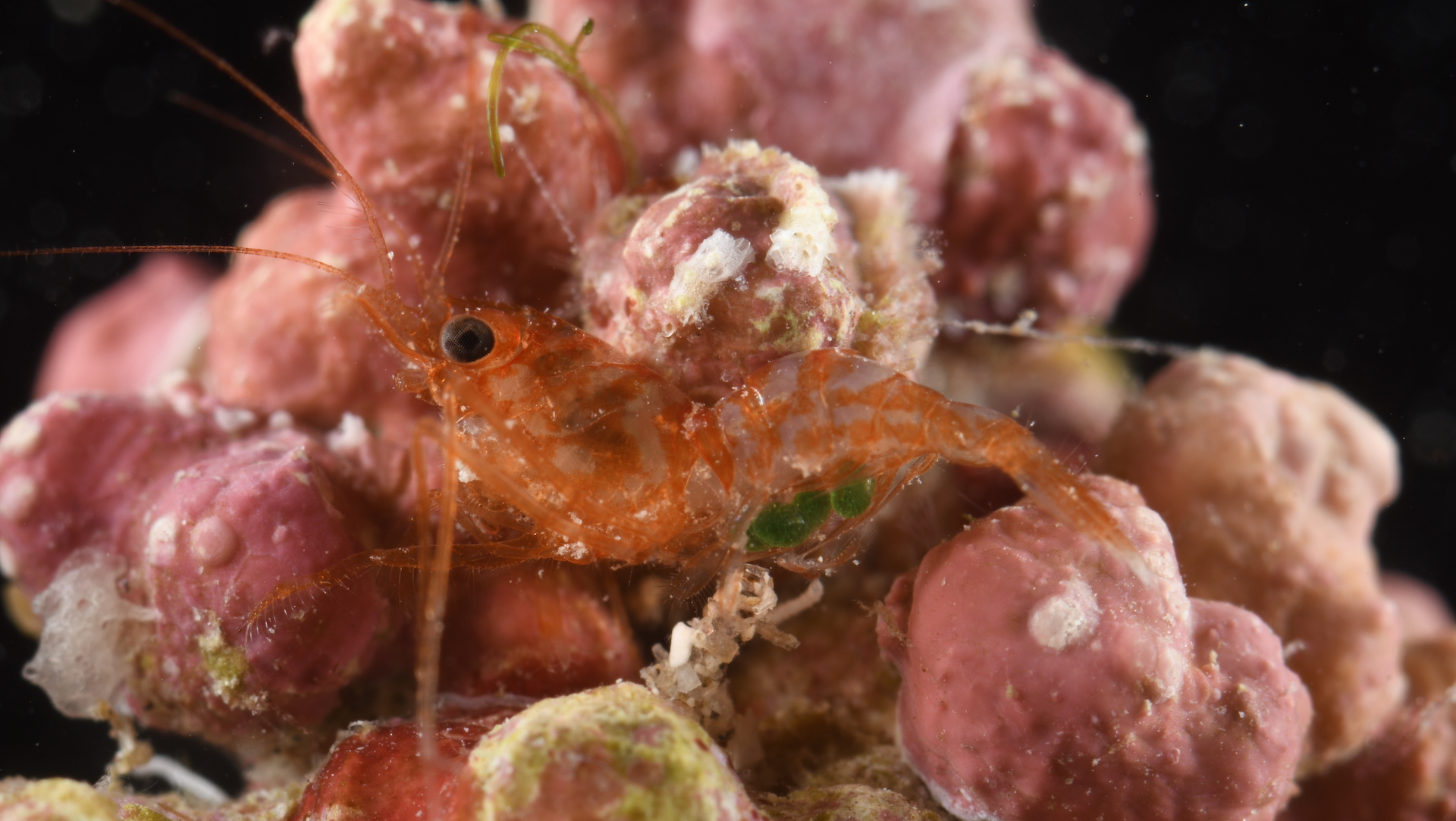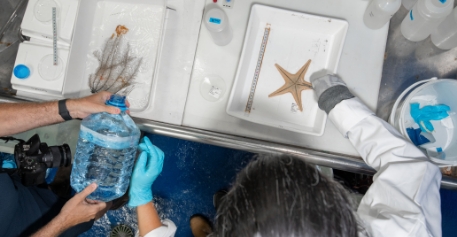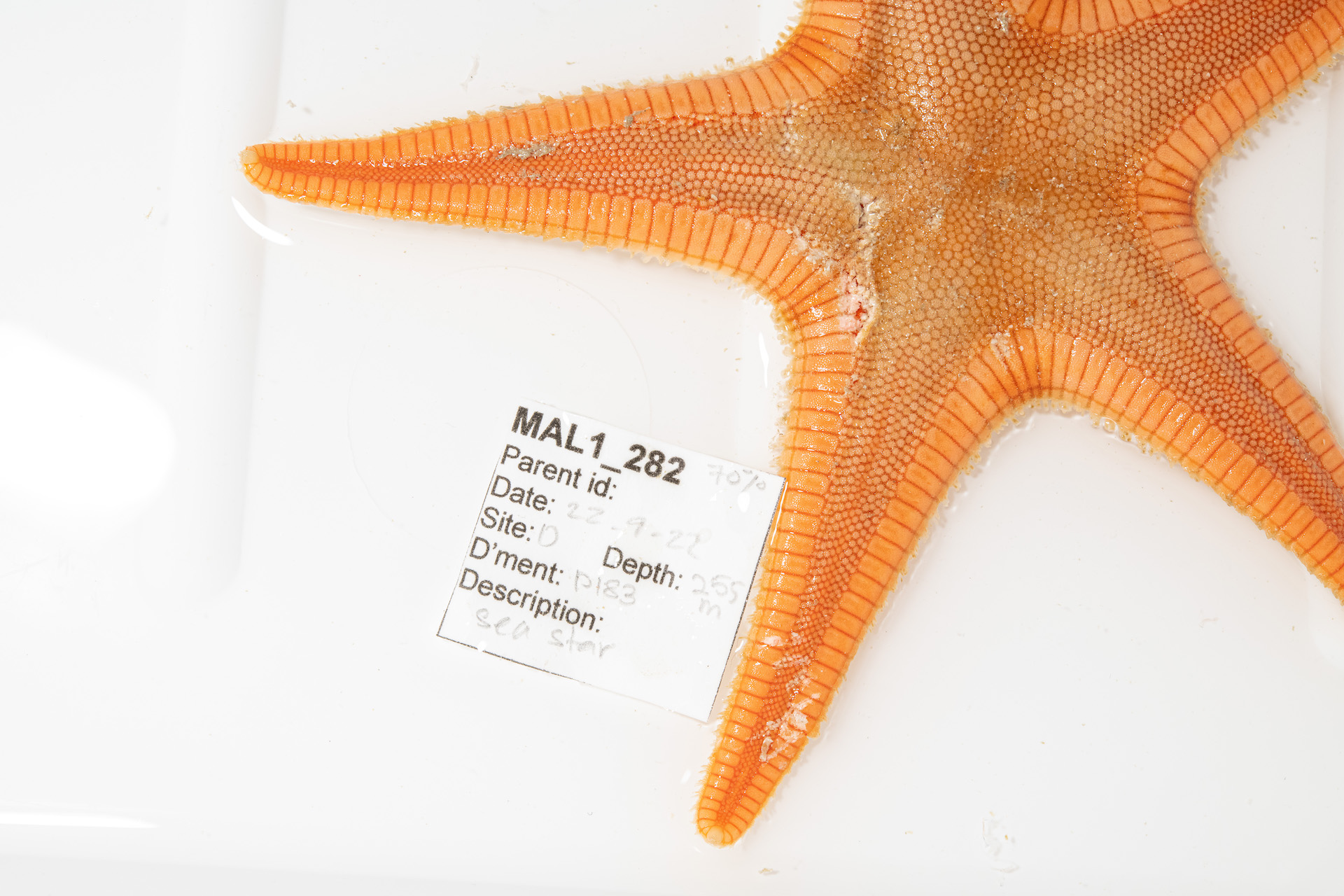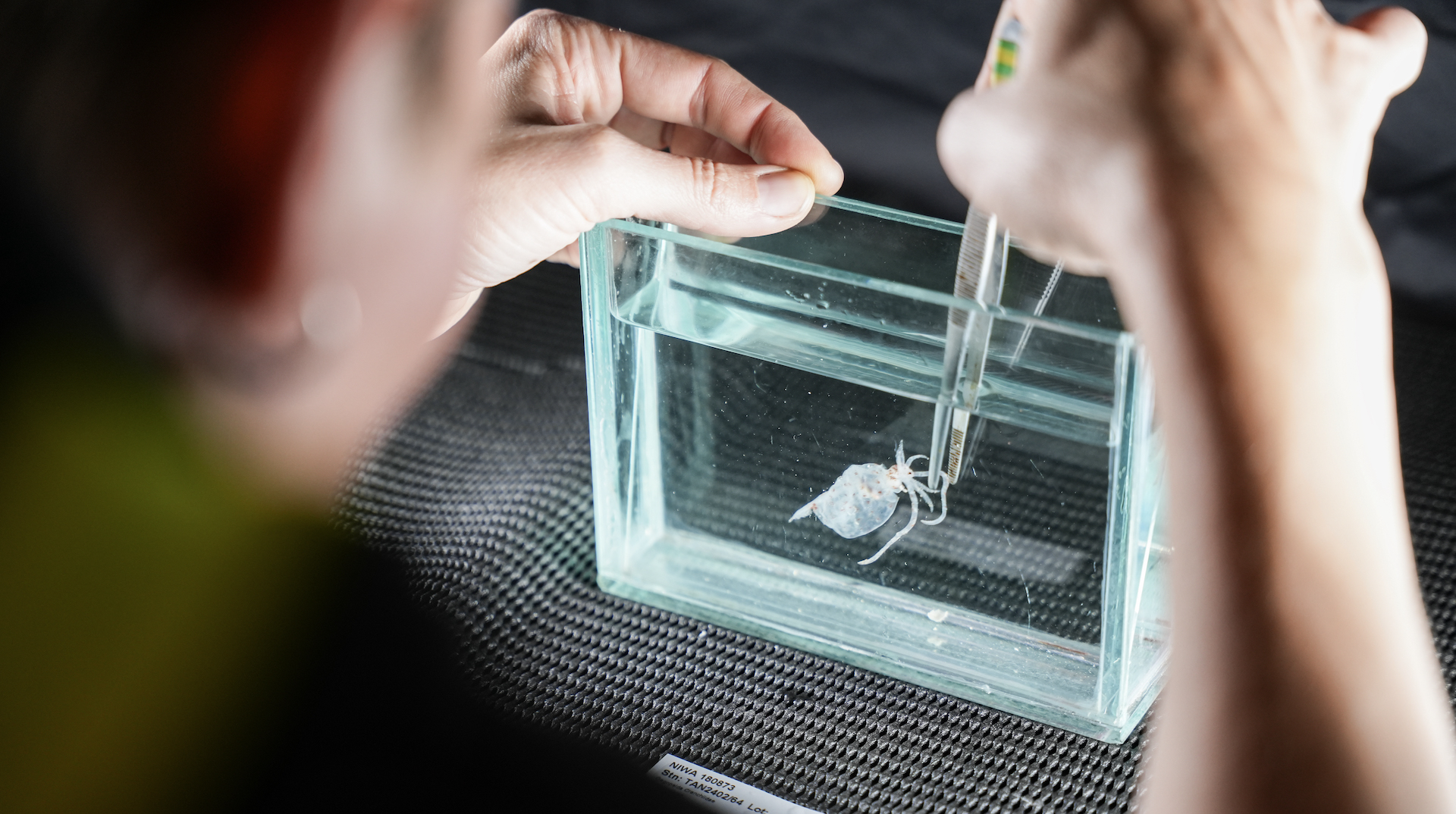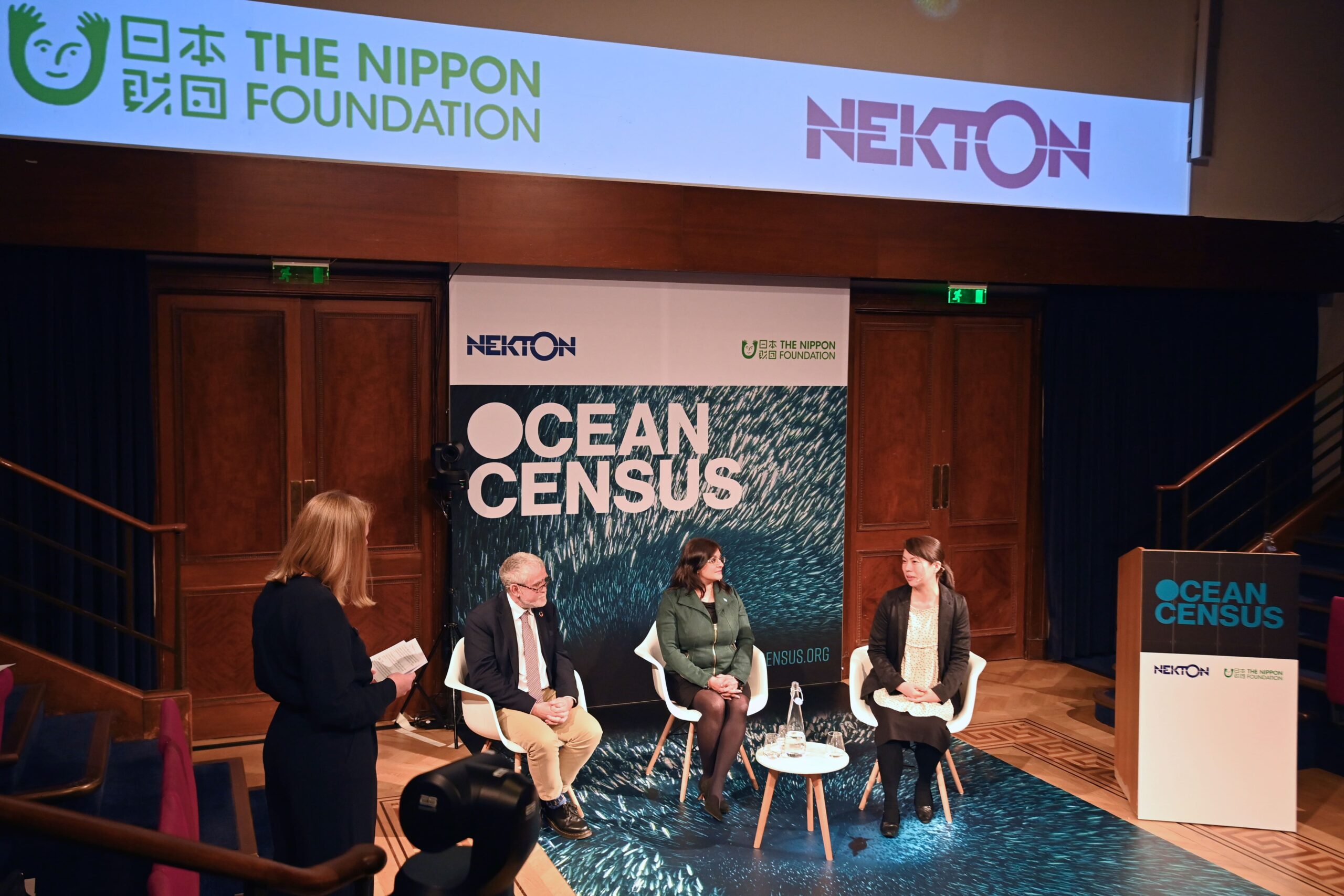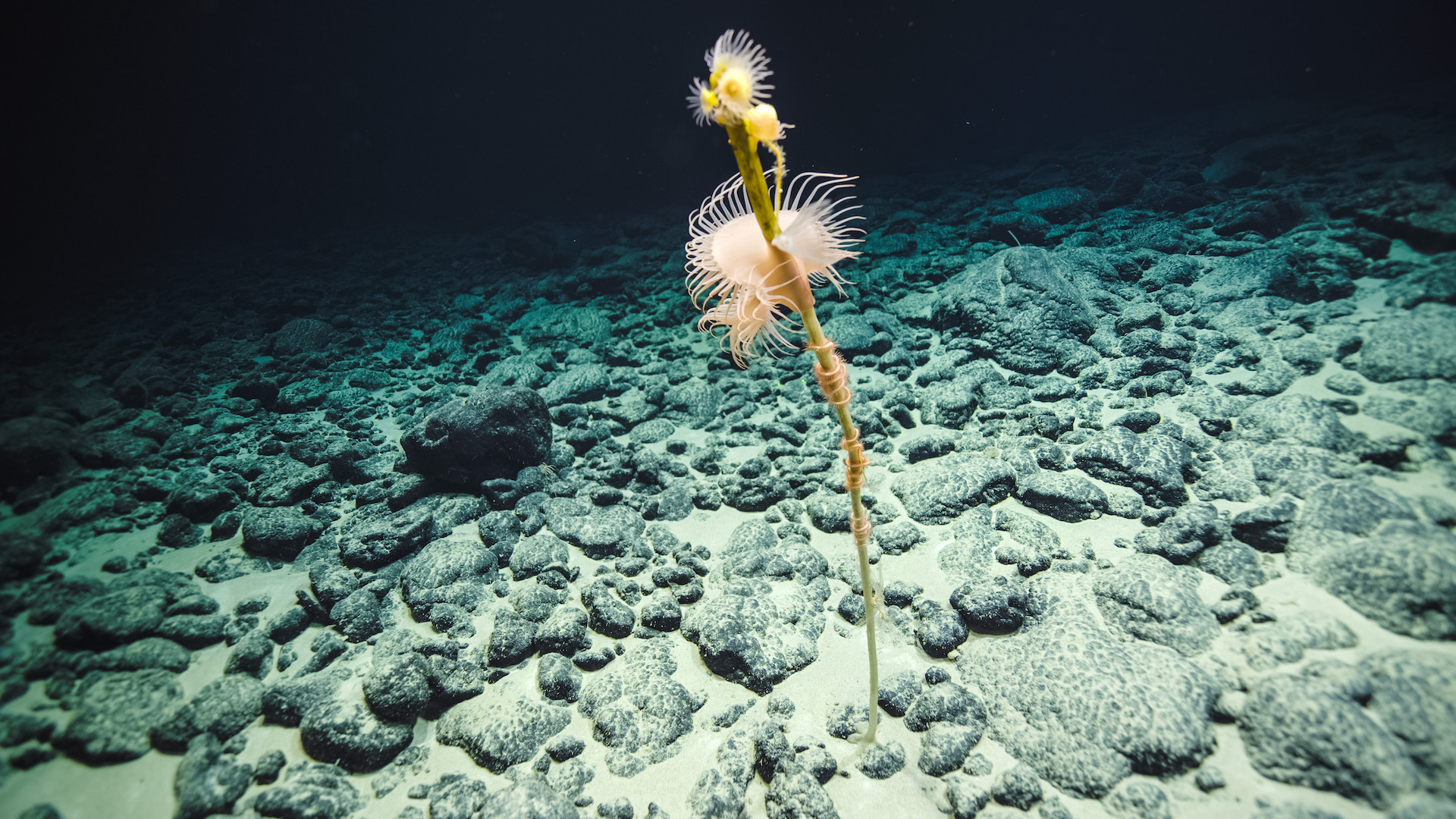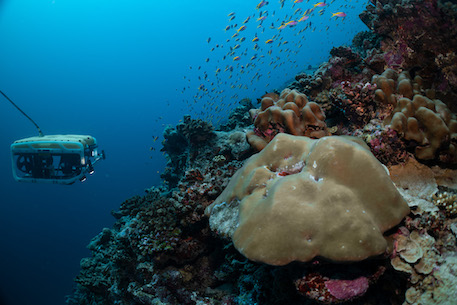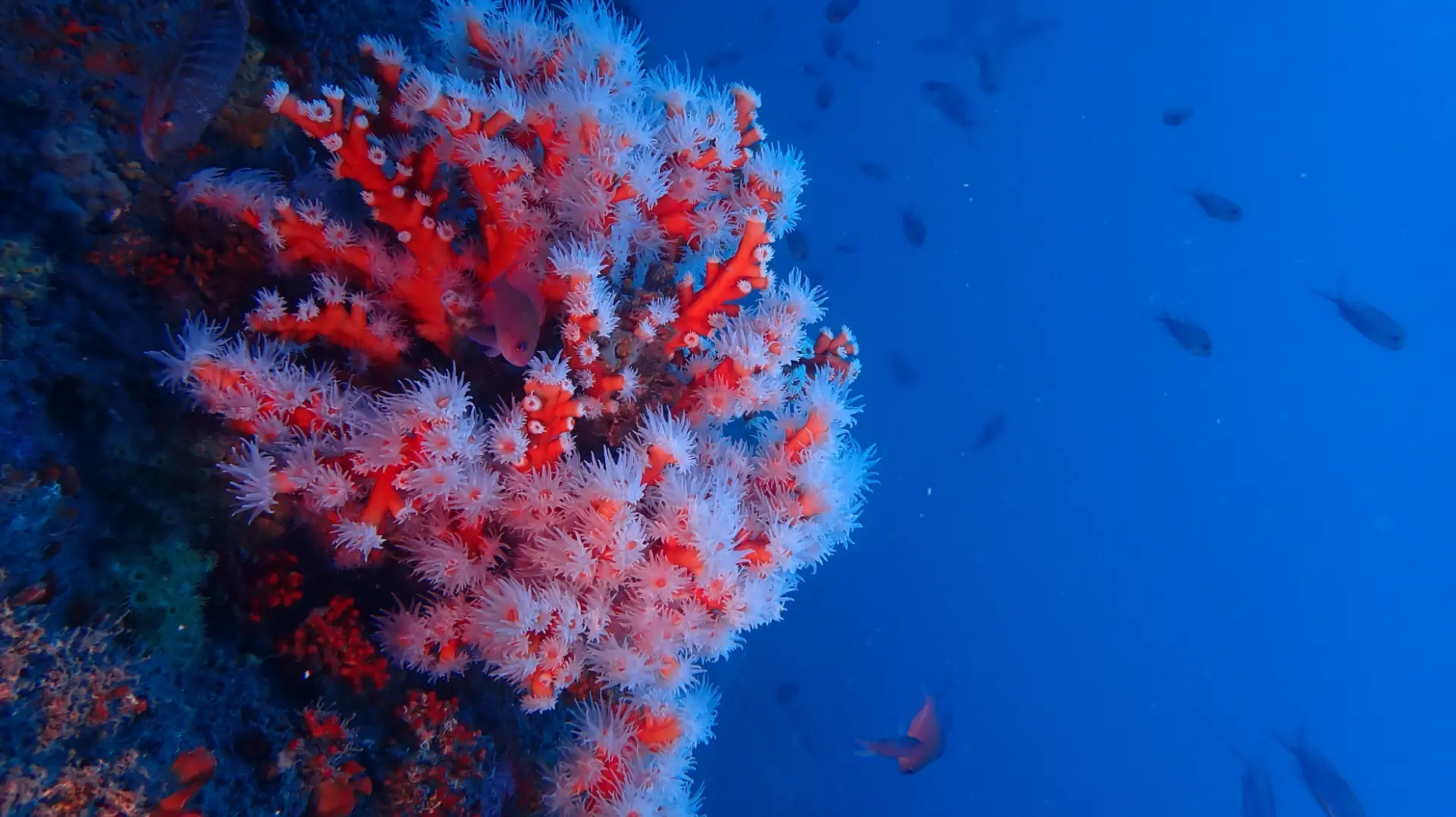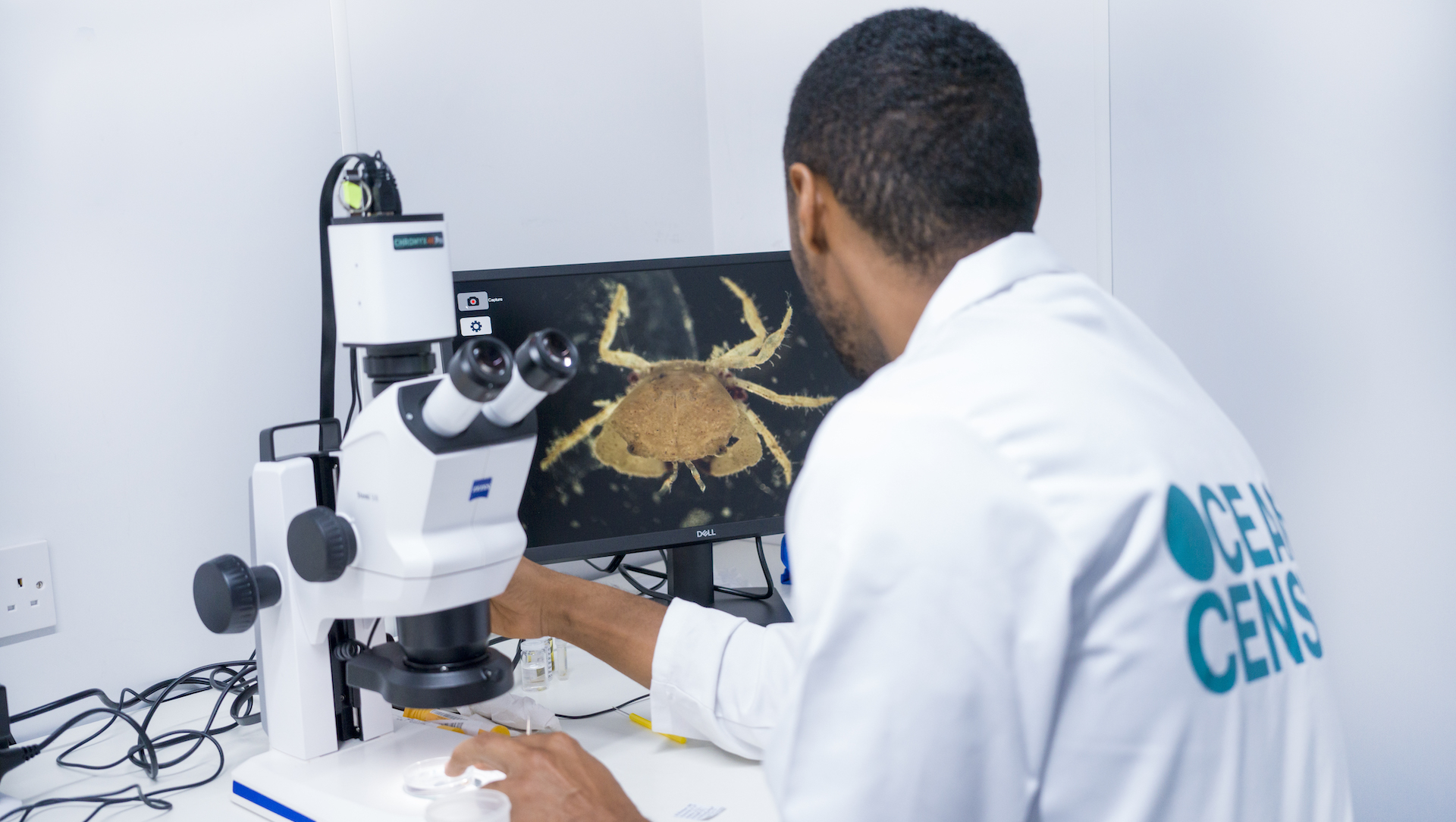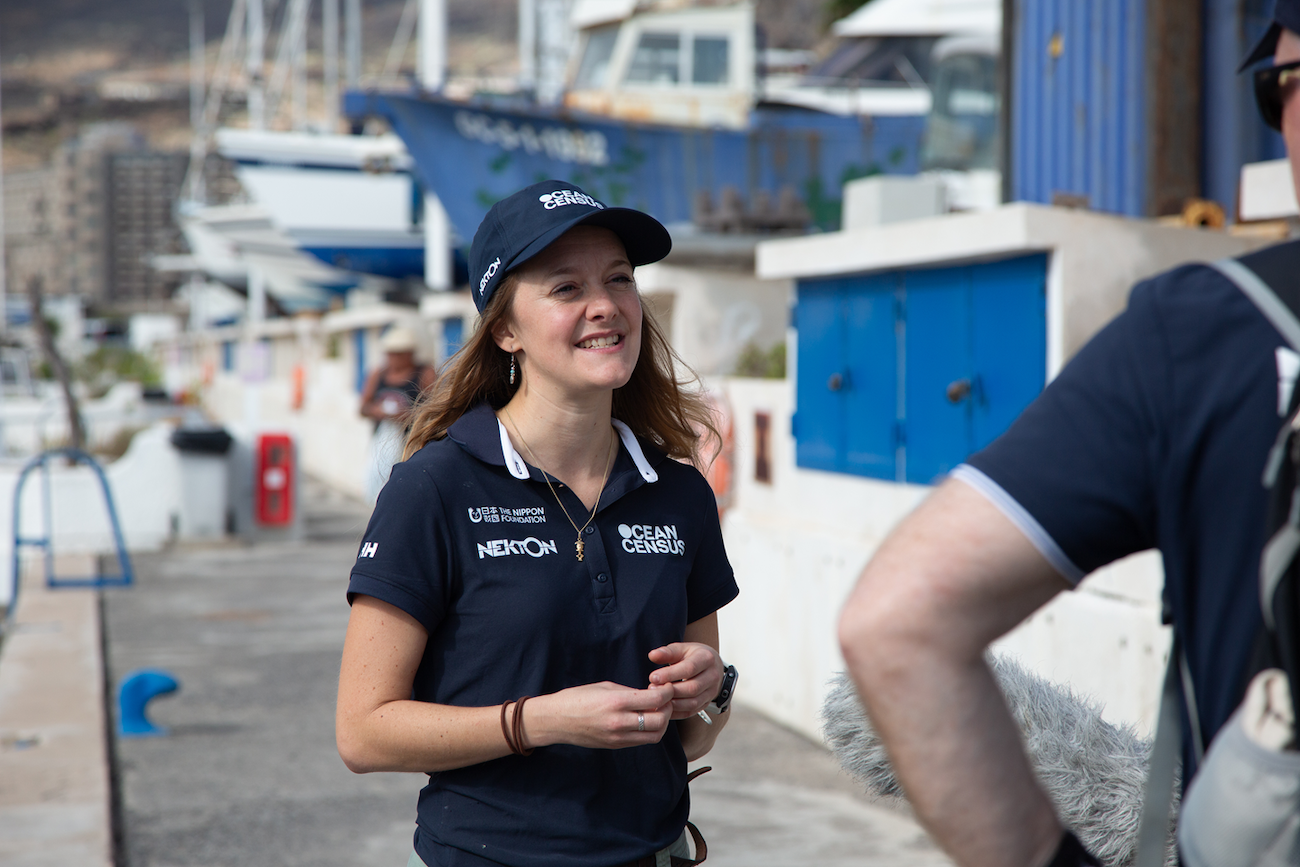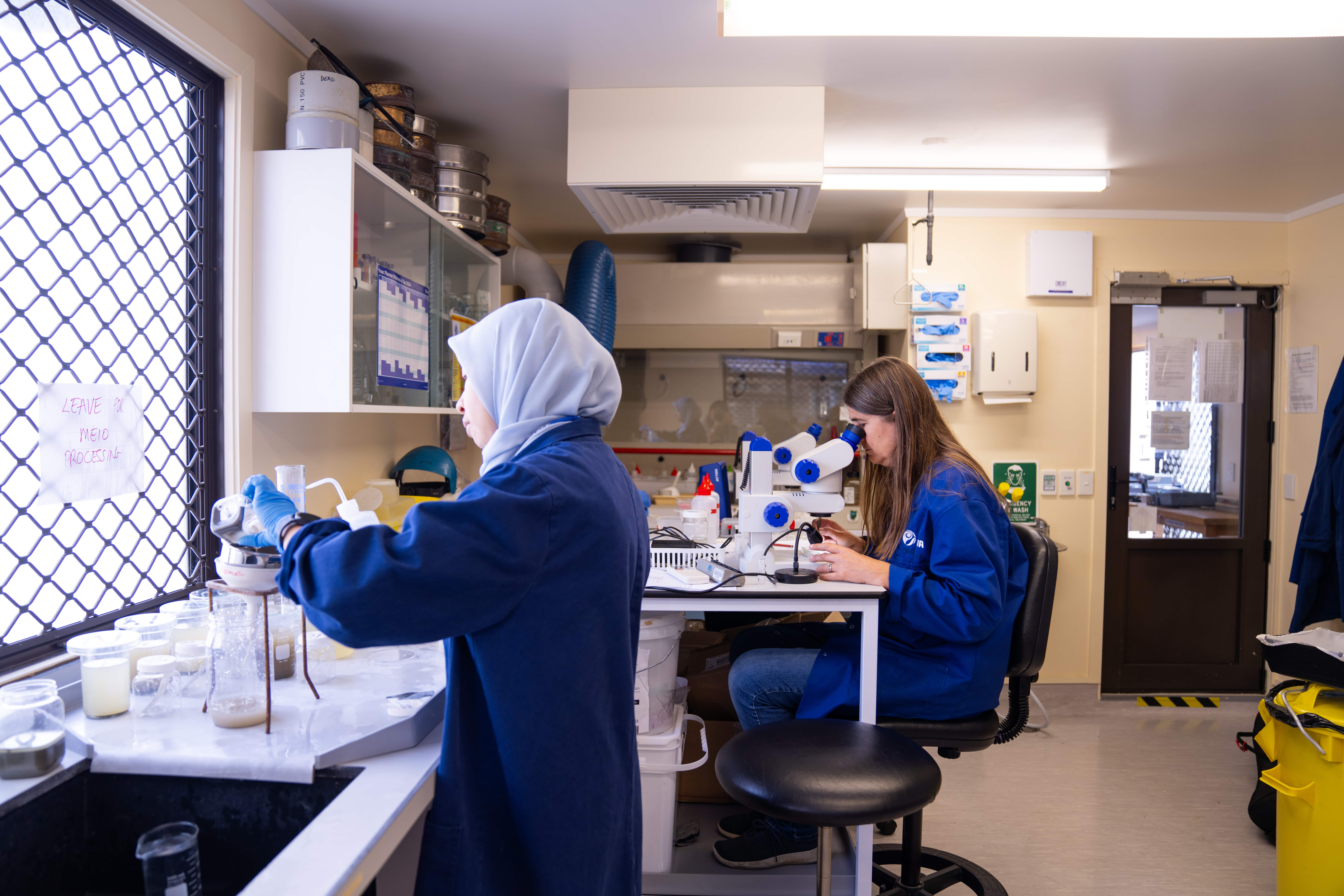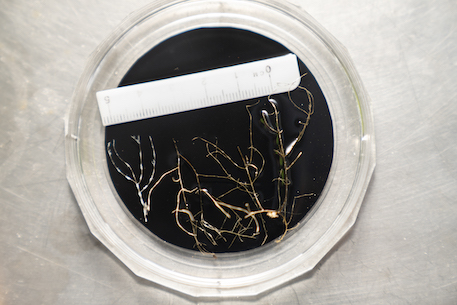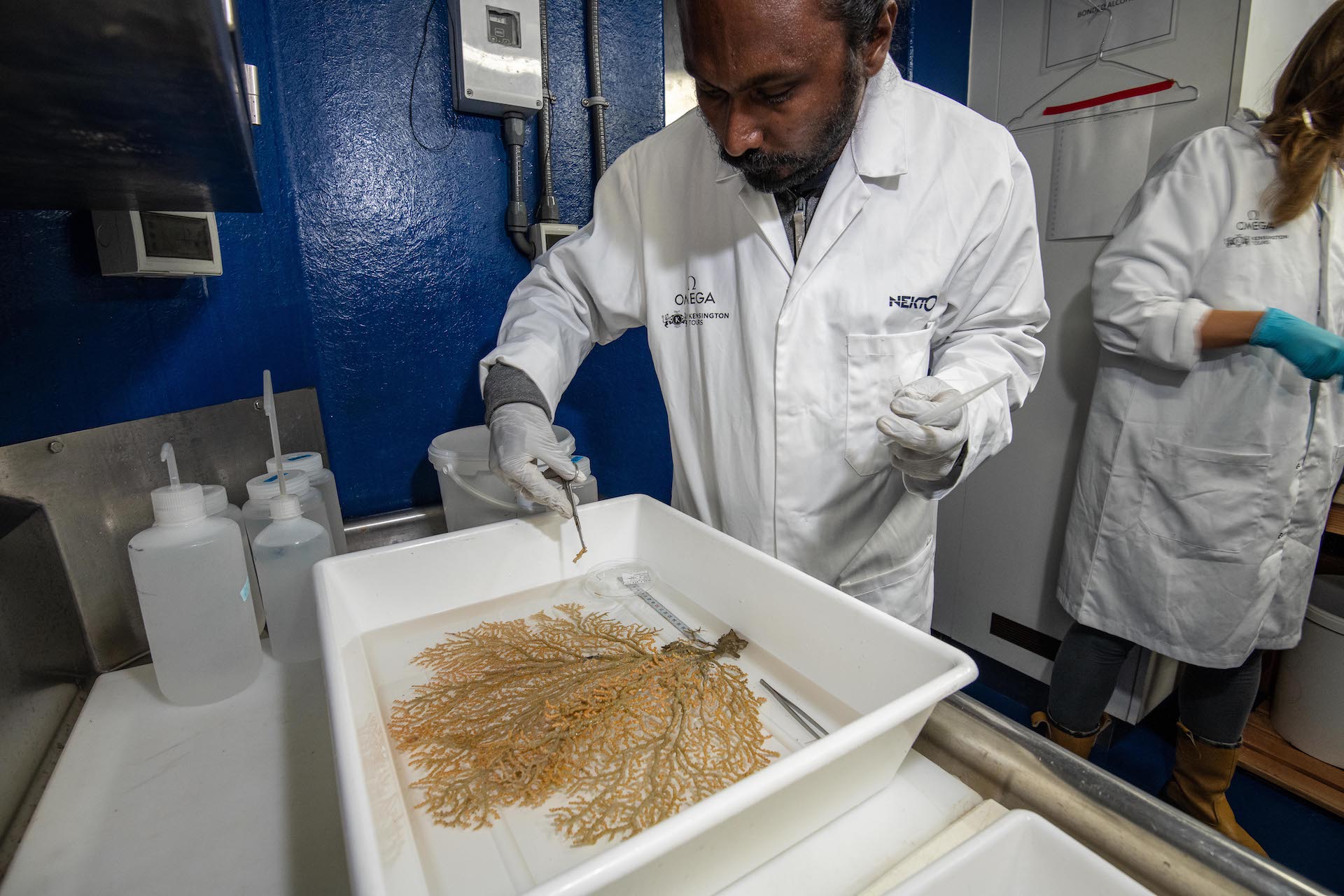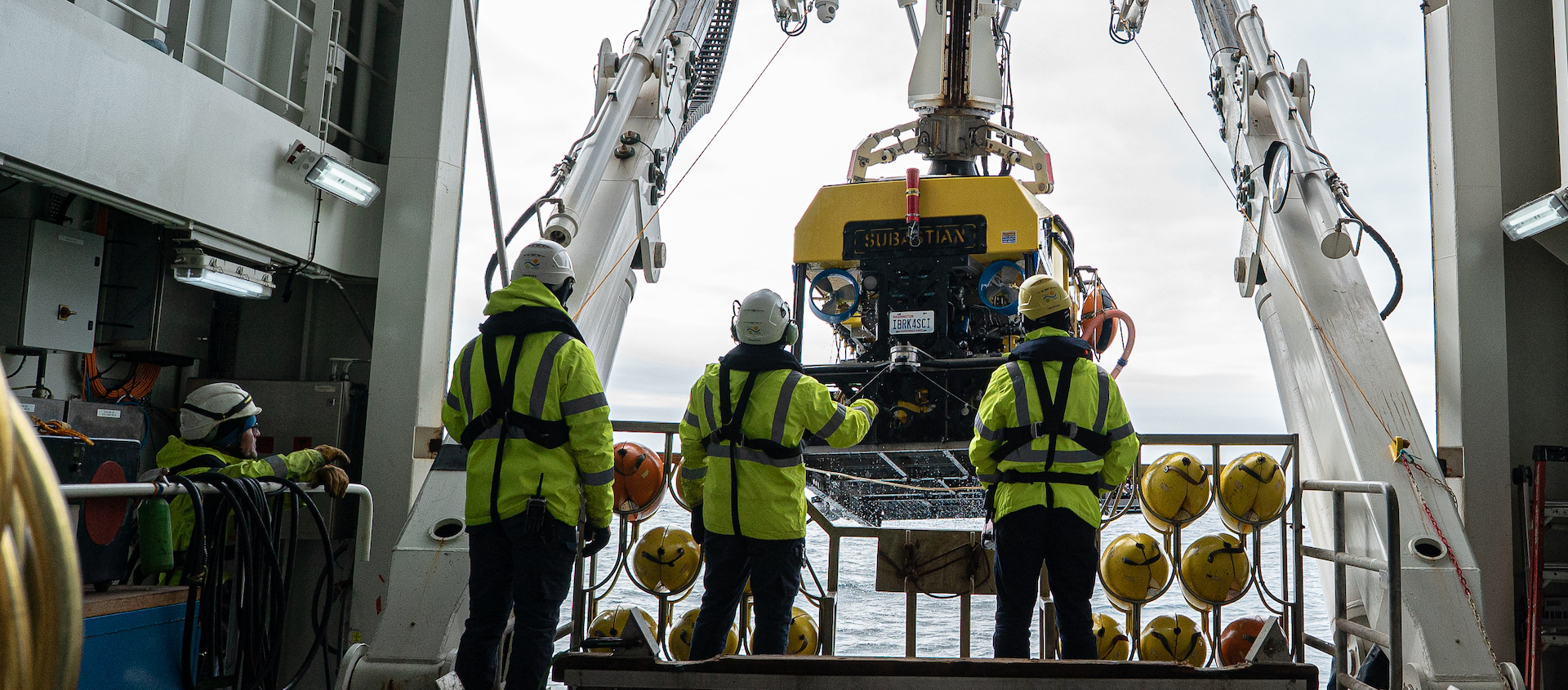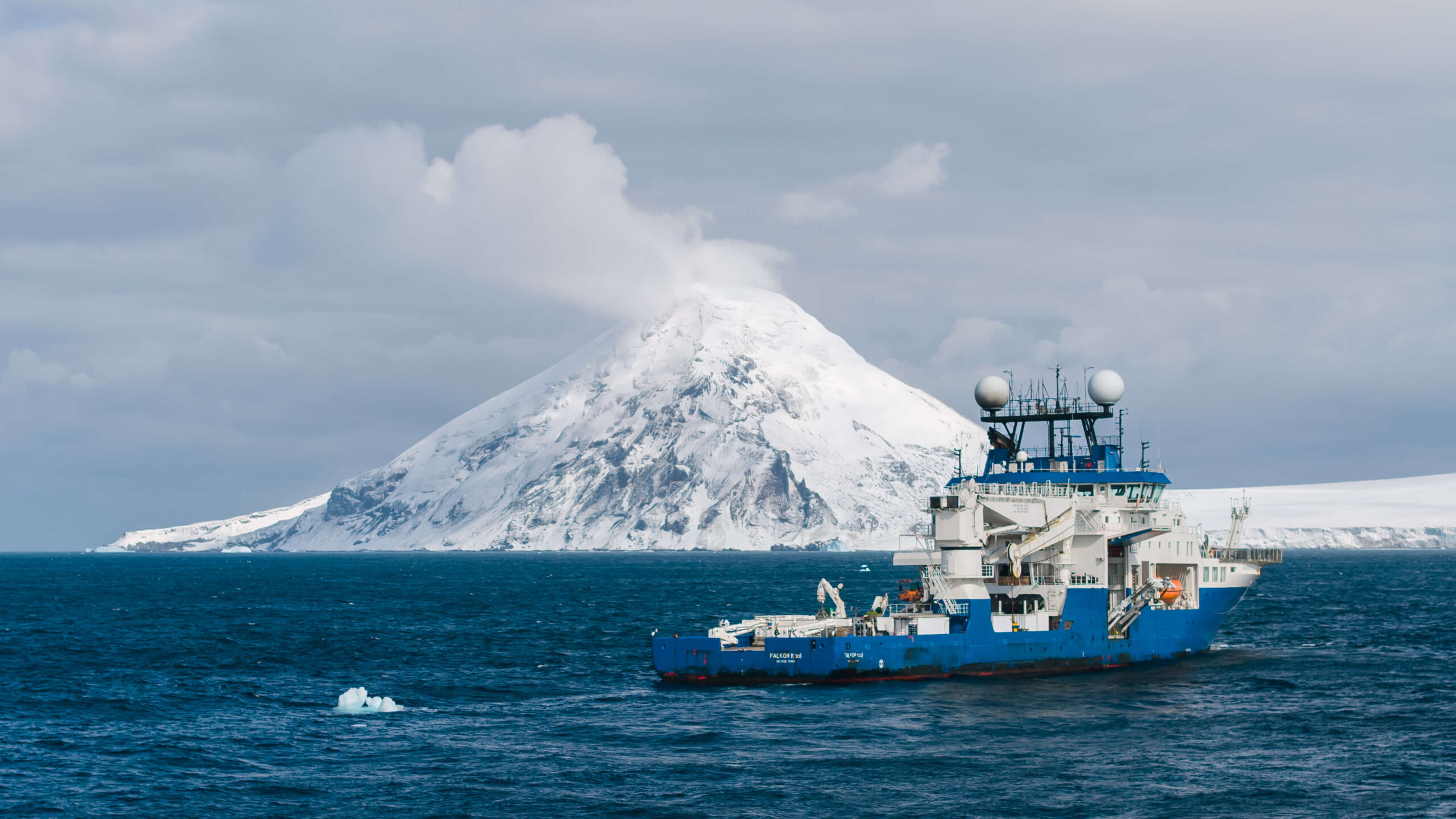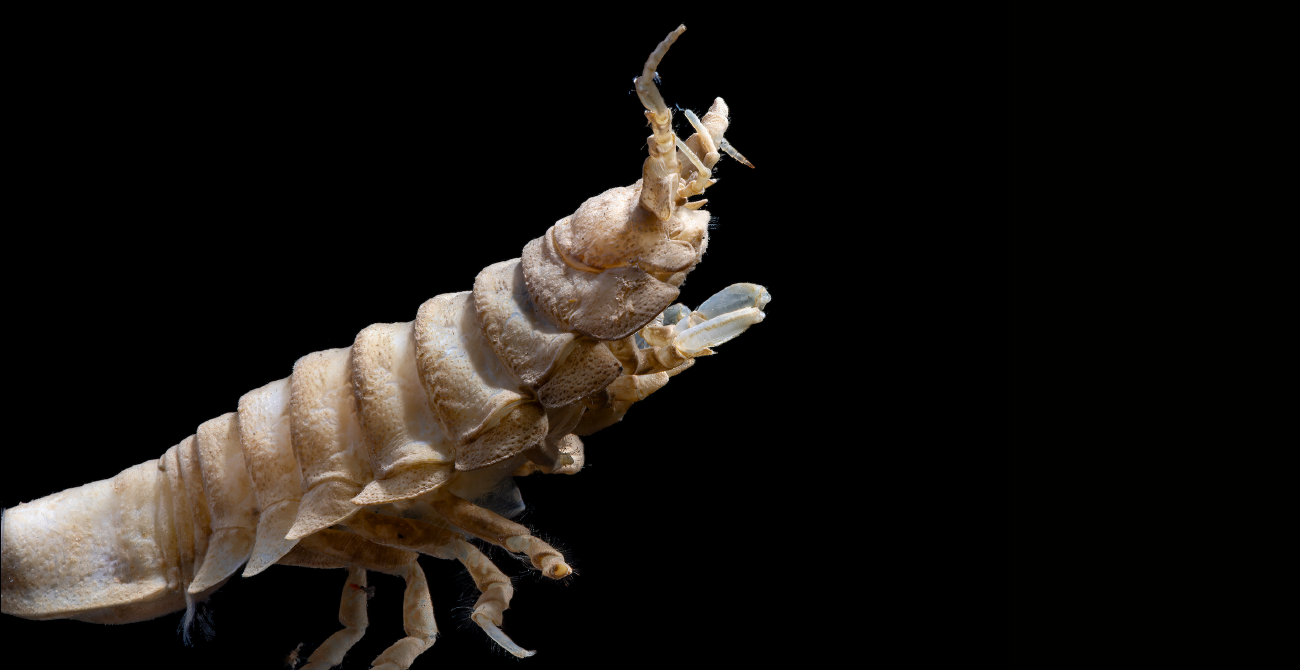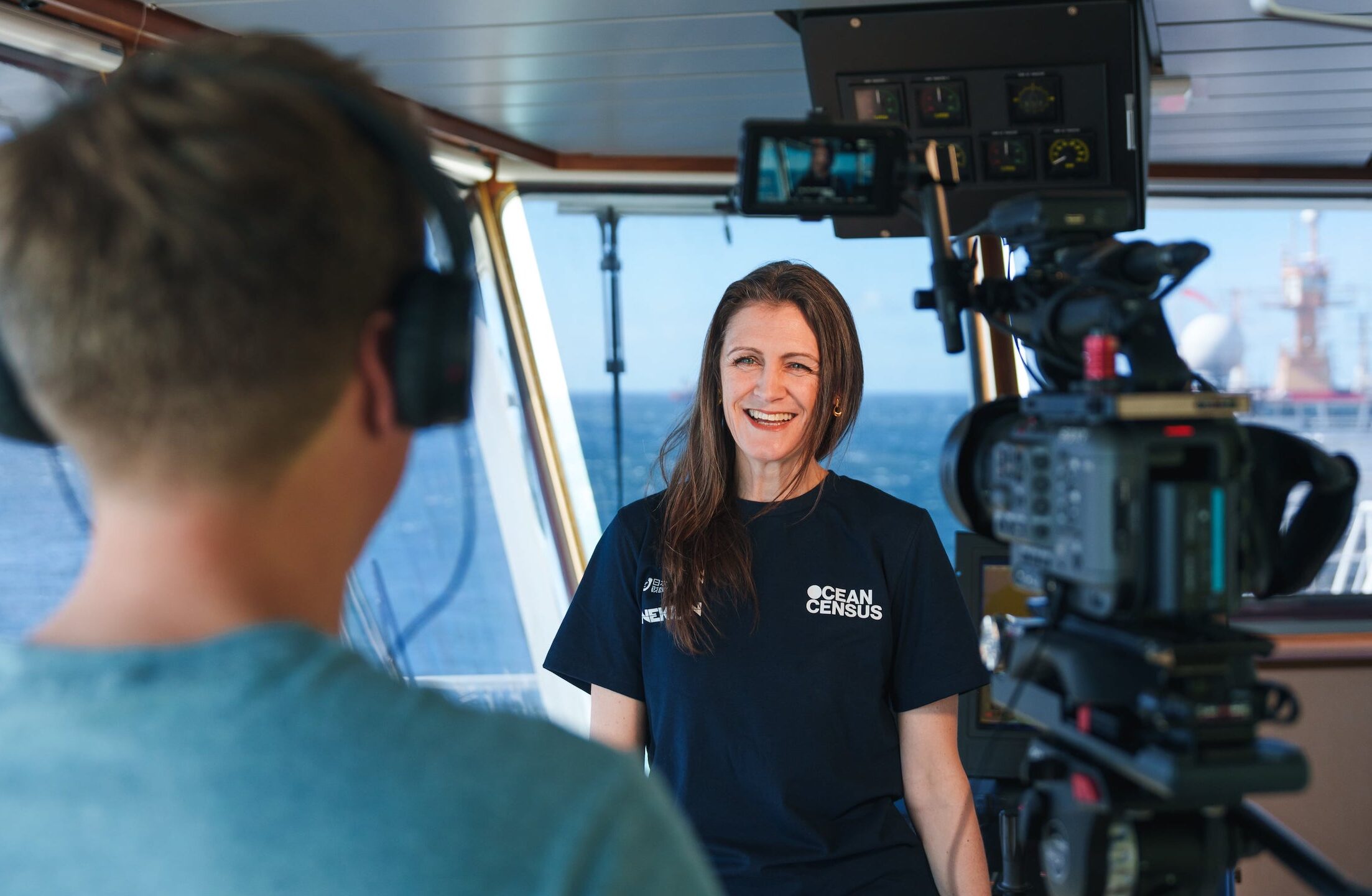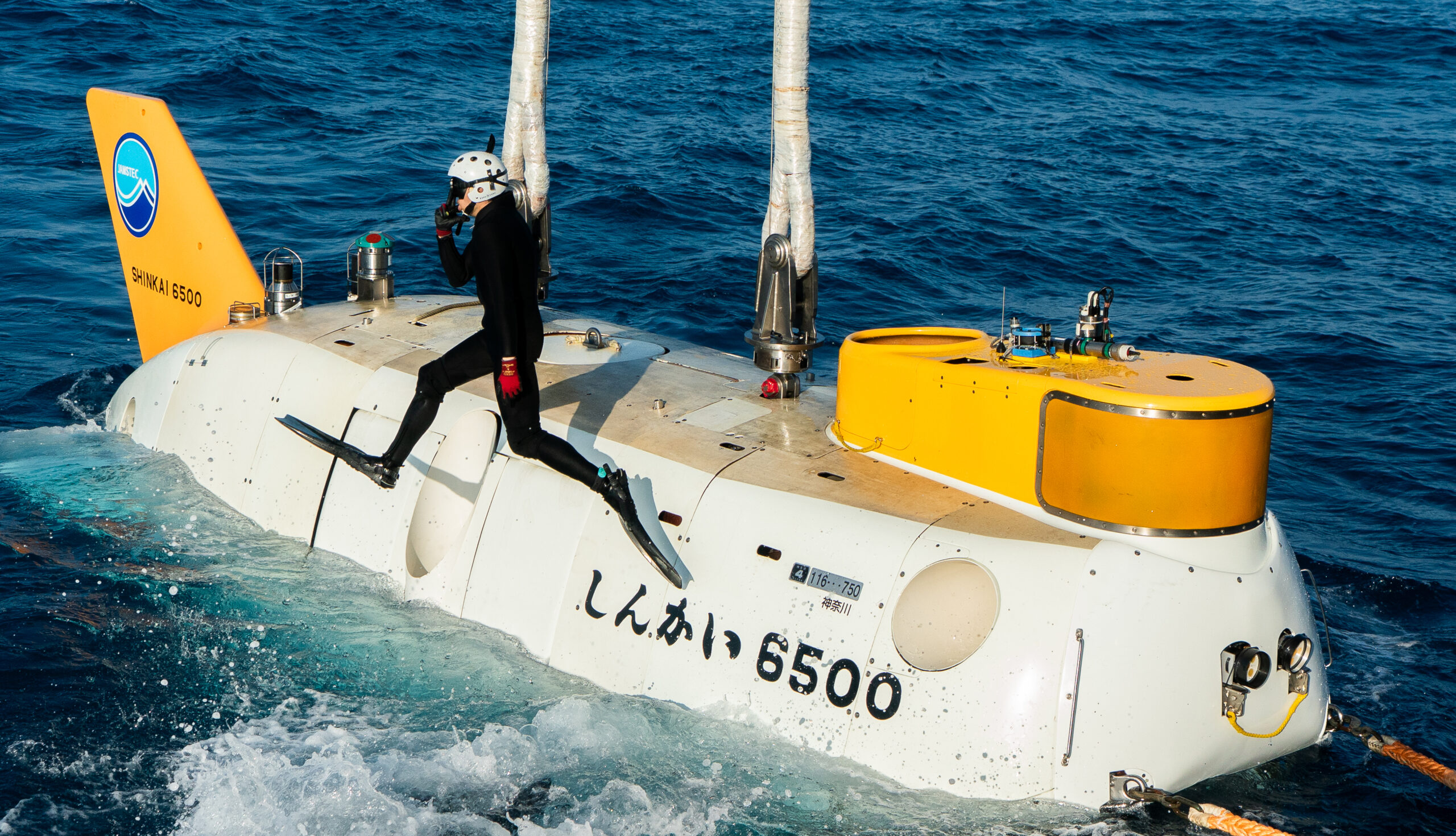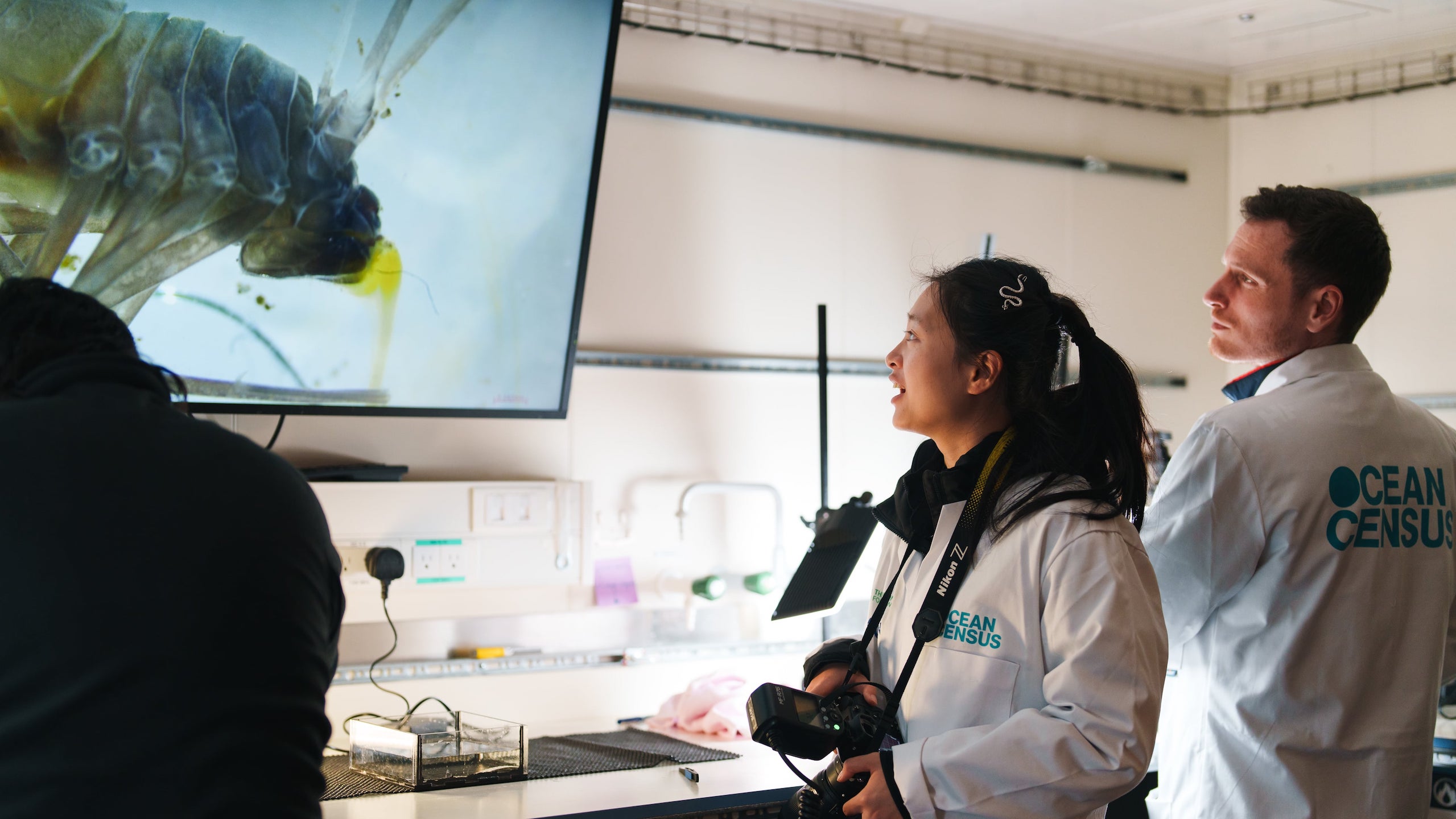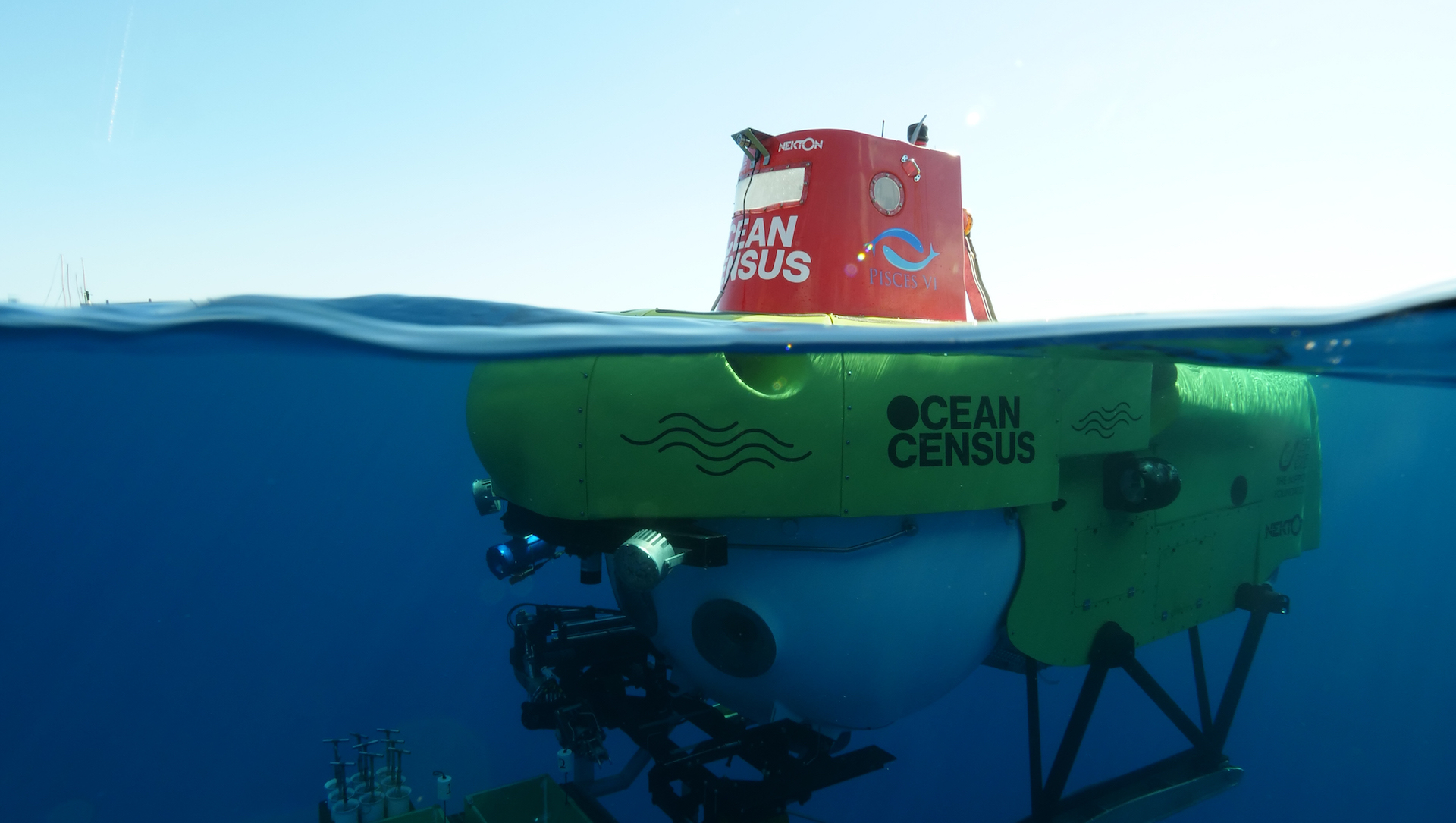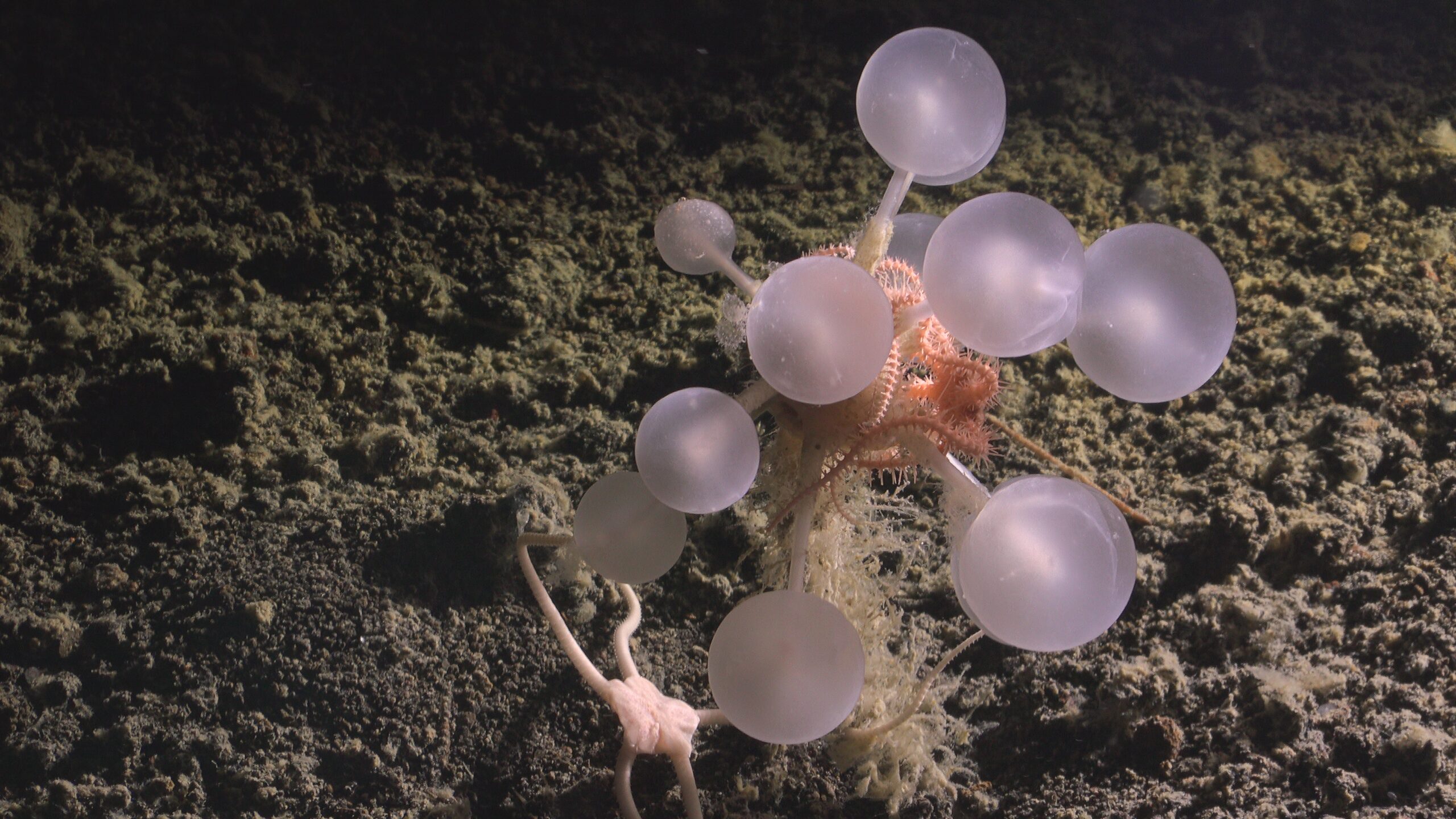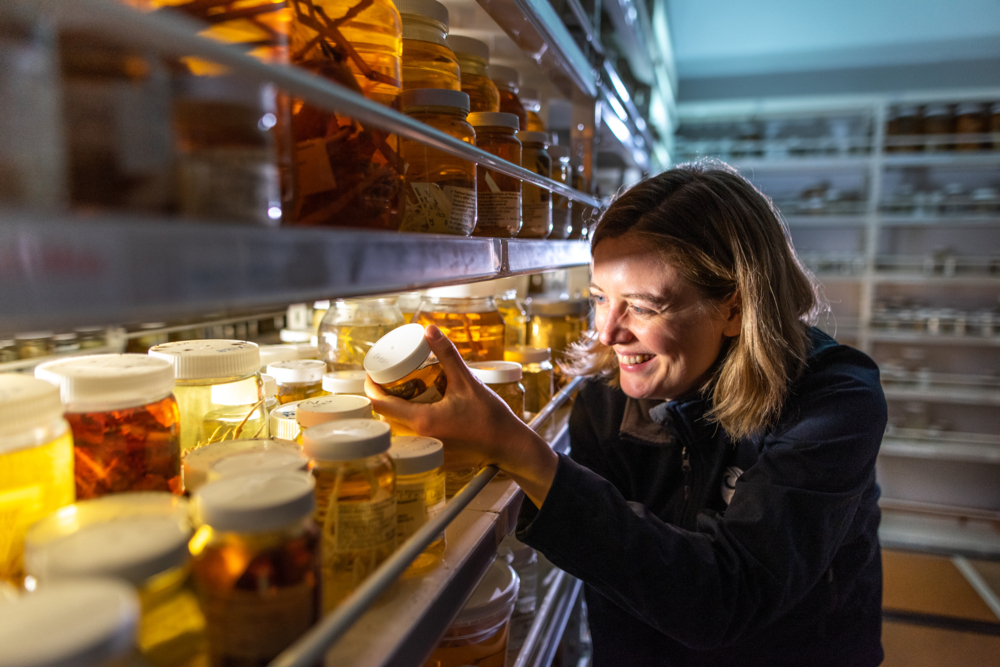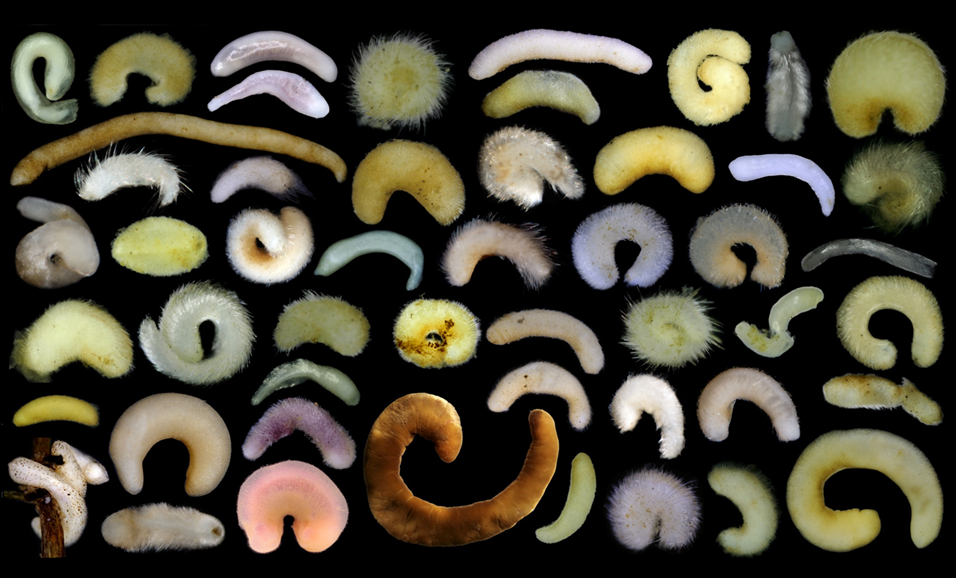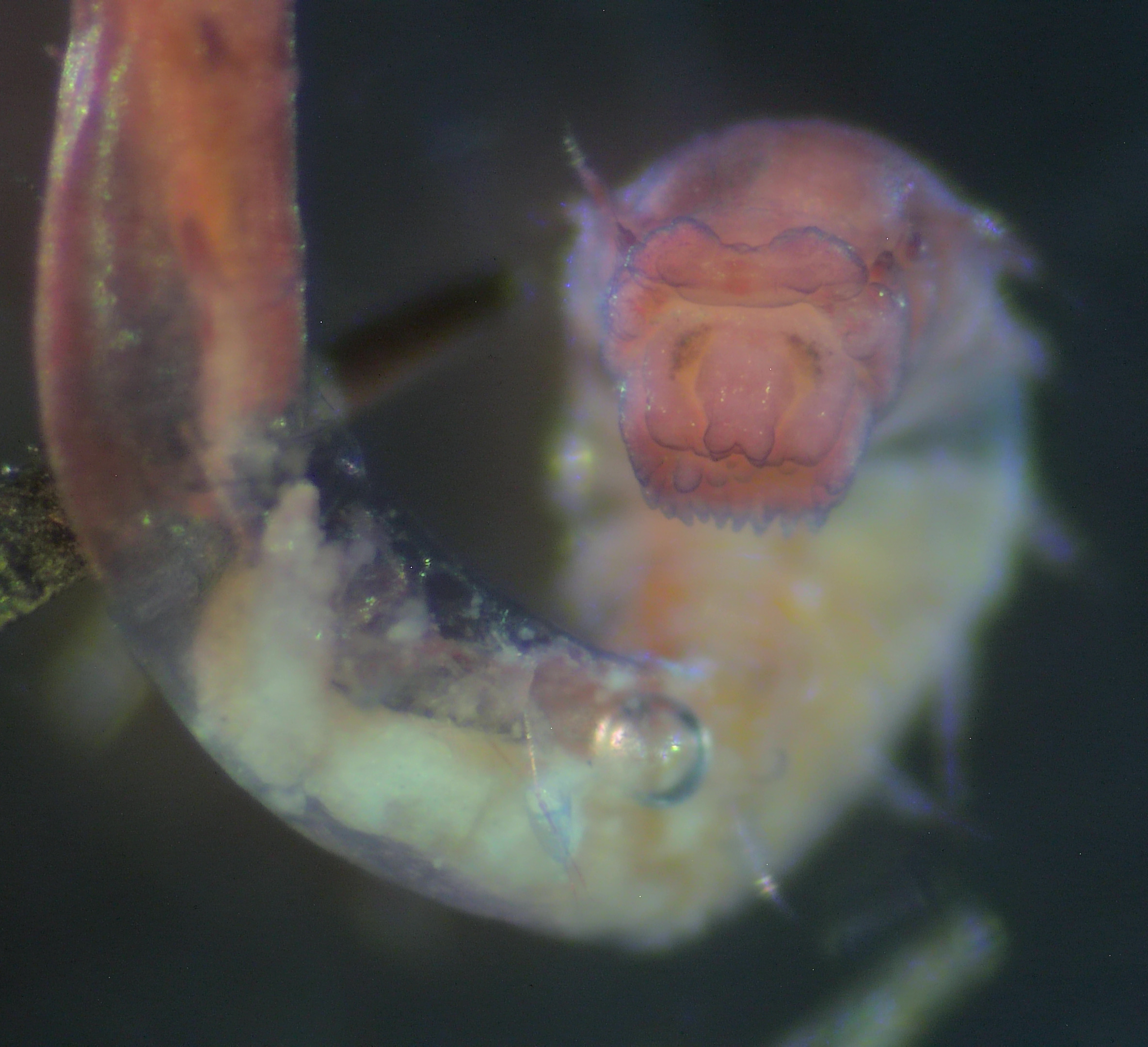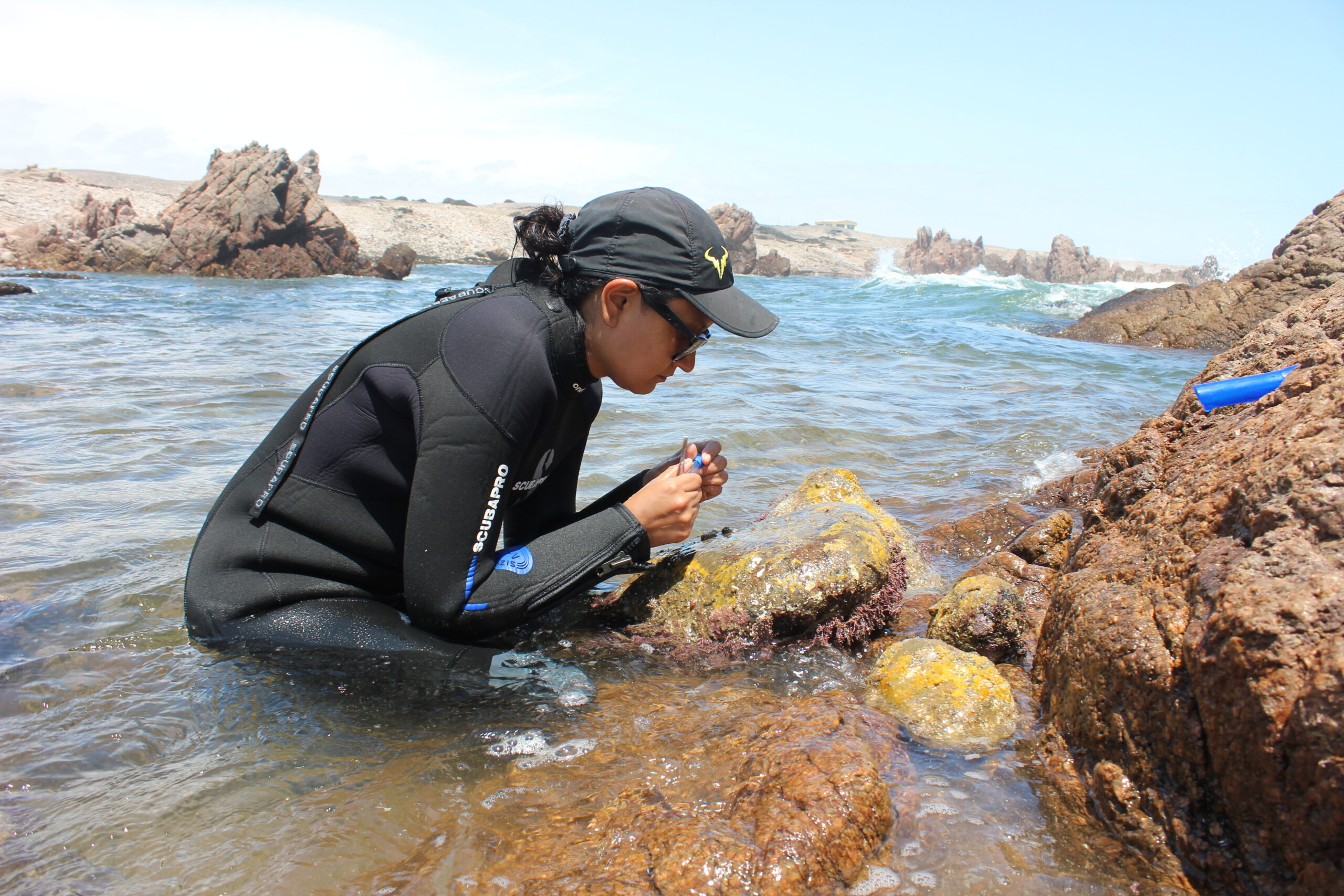
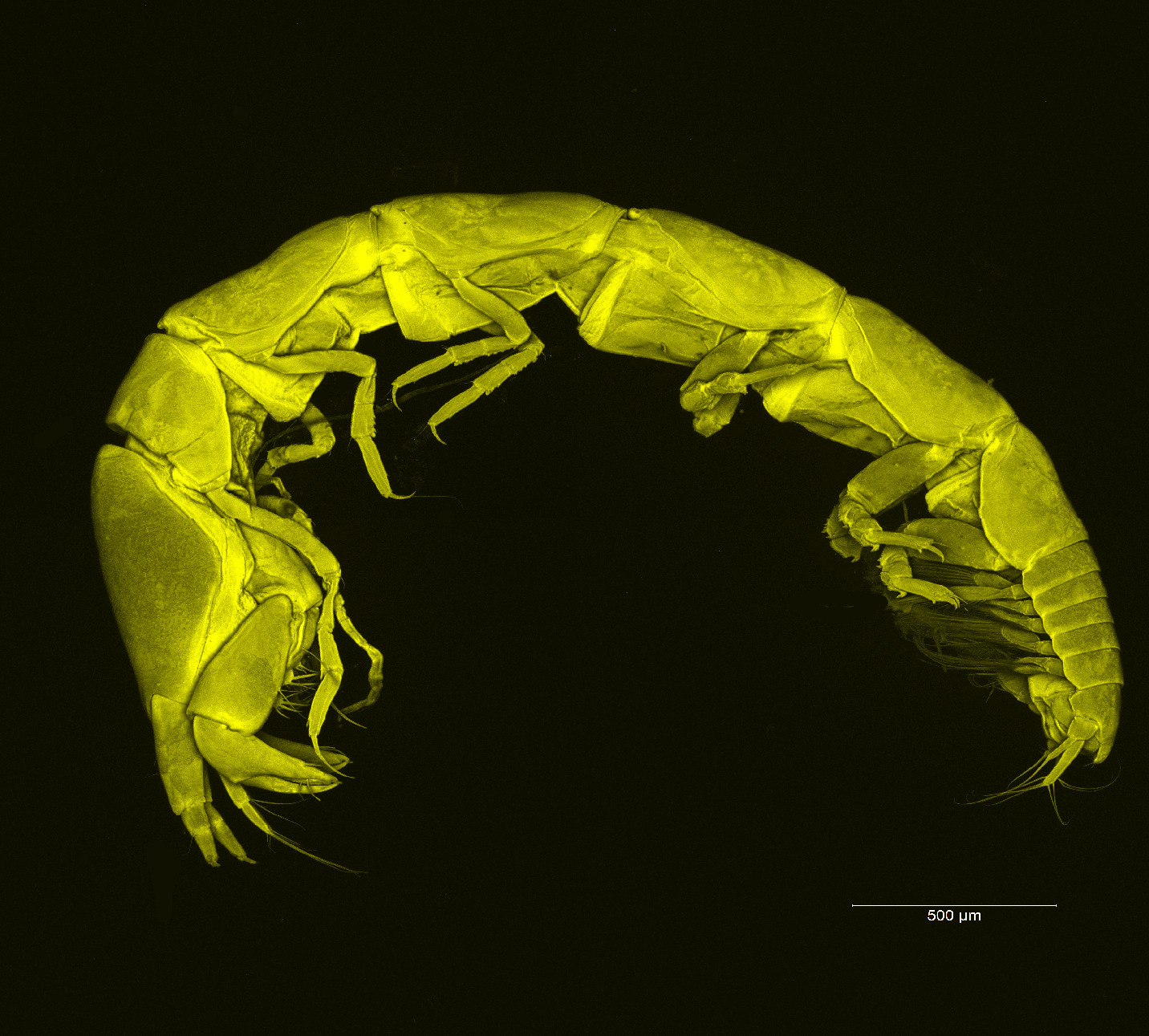
Bound by Sediment, Held by Family |
Exploring The Fascinating World of Tanaidacea with Dr. Marta Gellert
Where Families Grow in Mud and Mucus
Dr. Marta Gellert, from the Department of Invertebrate Zoology and Hydrobiology at the University
of Lodz, is a winner of the Species Discovery Awards 2025.
Marta is coordinating AccTaS (Accelerating Tanaidacean Species Discovery through Taxonomic Collaboration), a major international effort to advance knowledge of Tanaidacea, a diverse but under-studied order of small benthic crustaceans.
Tanaidaceans live from shallow waters to the deep sea and play important roles in benthic ecosystems, but their diversity remains poorly understood due to their small size, cryptic morphology, and lack of dispersive larval stages. Current estimates suggest their true diversity may be 40–50 times greater than the number of species formally described.
What is the AccTaS project?
The AccTaS project is an international collaboration to discover and describe tanaidacean species, tiny marine crustaceans living from coasts to deep sea. Their true diversity may be 40–50 times higher than described. AccTaS combines experts, advanced tools, and training to close this biodiversity gap.
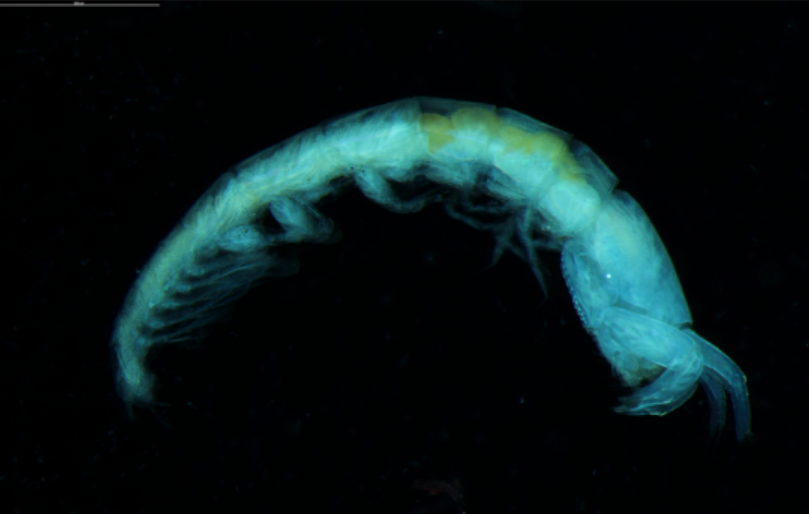
Why does studying Tanaidacean’s require global collaboration?
Different specialists focus on different families, and the material comes from many regions such as Iceland, Australia, the North Pacific, or deep-sea trenches. Combining this knowledge with international collections and genetic data makes it possible to properly identify species and build a complete picture of their diversity. Without this kind of worldwide cooperation, progress would remain slow and fragmented.
What technology is being used to describe tanaidacea species?
In AccTaS, stereomicroscopes, confocal microscopes, and SEM reveal tanaidacean morphology from overall shape to ultrastructure. Confocal provides detailed 3D views, while SEM shows surface microfeatures. Combined with genetic data, these tools enable an integrative approach, ensuring accurate identification and description of new species.
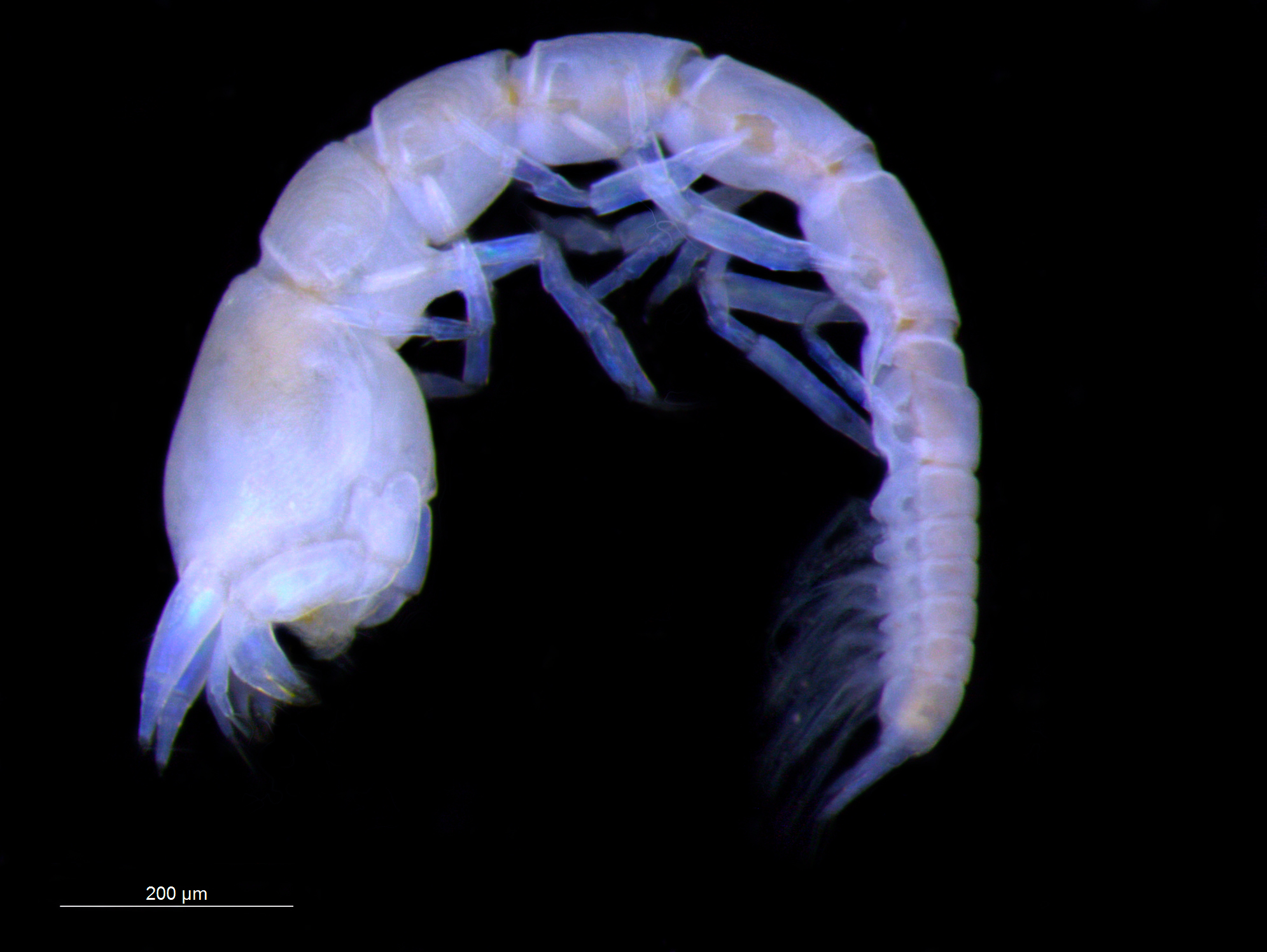
Why are tanaidaceans considered good bioindicators?
Tanaidaceans are good bioindicators due to their sedentary, tube-dwelling lifestyle and limited dispersal. Populations occupy narrow ranges, making them sensitive to changes in temperature, chemistry, or sediments. Shifts in their communities reflect environmental disturbances, natural or human-driven, providing an early warning system for deep-sea ecosystem health.
Do tanaidaceans really live in family burrows?
Tanaidaceans live in tubes built by females from sediment and mucus. Tubes protect mother and young, serve as breeding sites, and house juveniles during early development. Offspring often build nearby tubes, forming family clusters. This lifestyle reduces dispersal but supports survival in deep-sea habitats.
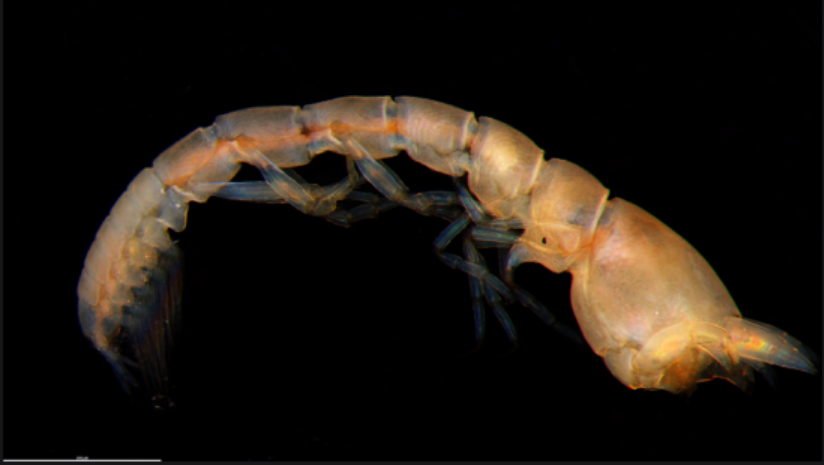
What morphological features are you looking out for when describing a new species?
To describe tanaidaceans, taxonomists examine fine morphology—antennae, chelipeds, pereopods, pleopods, uropods—using confocal and SEM imaging. Genetics complements morphology in an integrative approach, combining traits with DNA evidence. This prevents misidentification, confirms new species, and reveals hidden diversity, ensuring accurate, robust taxonomy beyond individual variation.
How can tanaidaceans help us protect the deep sea?
Tanaidaceans help protect the deep sea as sensitive sentinels of ecosystem health. Their localized, tube-dwelling populations quickly respond to changes in temperature, oxygen, or sediments. Studying them reveals biodiversity hotspots, maps seafloor patterns, and provides early warning of impacts from mining or climate change, guiding conservation efforts.
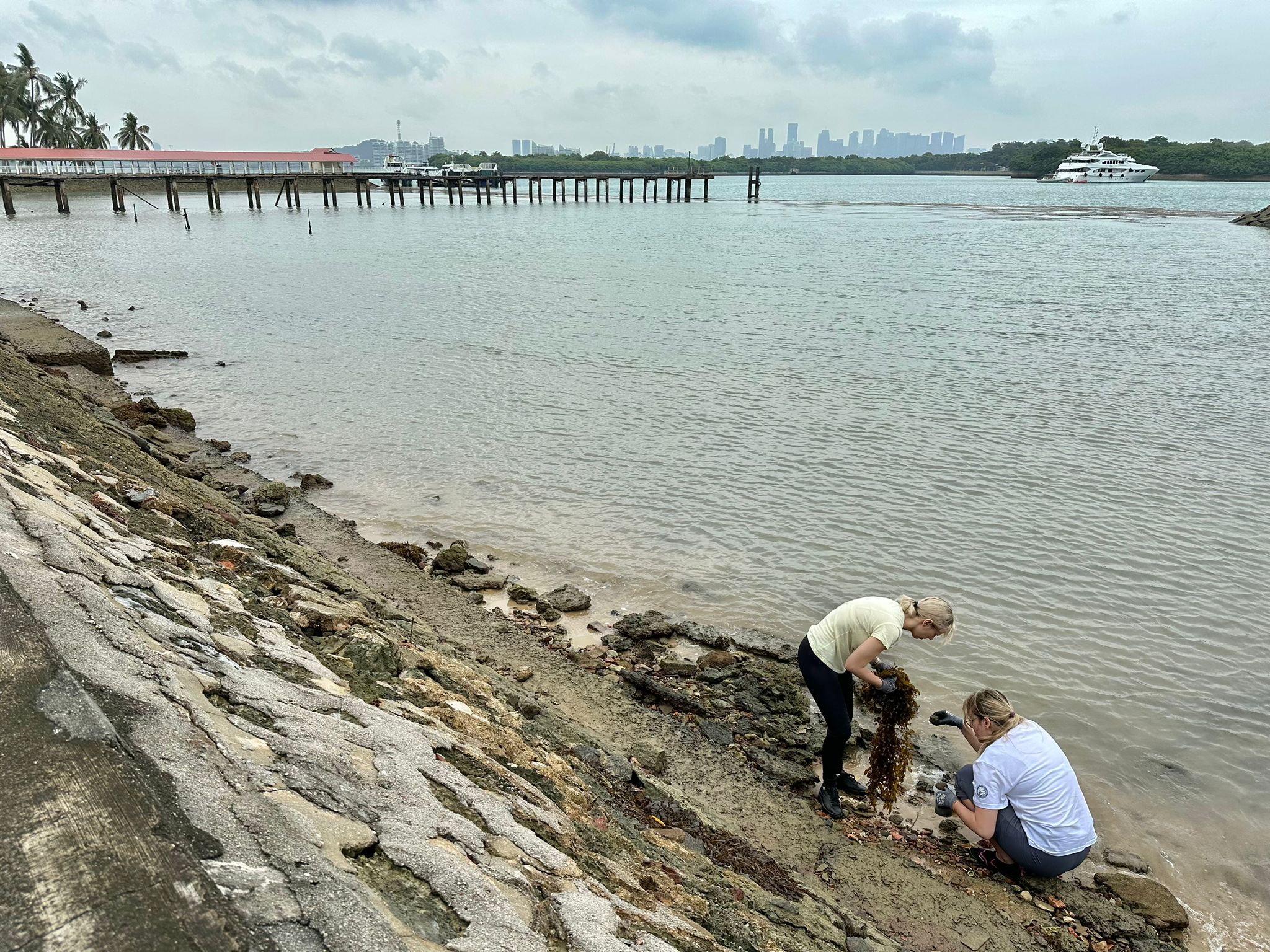
Species Discovery Awards
The Ocean Census has unveiled the 2025 Species Discovery Awardees, honouring 19 outstanding taxonomists whose work is driving forward our understanding of ocean life. With generous backing from the Nippon Foundation, these awards help remove financial obstacles—from fieldwork to specimen analysis and publishing—and empower researchers to accelerate the pace of marine species discovery.
This announcement is more than a celebration — it’s also a gateway to future opportunities. If you’re working in taxonomy, marine biology, genomics, or related fields, keep an eye on calls for proposals through the Ocean Census Science Network. By joining the network, you can stay up to date with funding rounds, expedition grants, collaboration opportunities, and workshops that support capacity building worldwide.
Related News
Join the census
The Ocean Census Alliance unites national and philanthropic marine institutes, museums, and universities, backed by governments, philanthropy, business and civil society partners.
